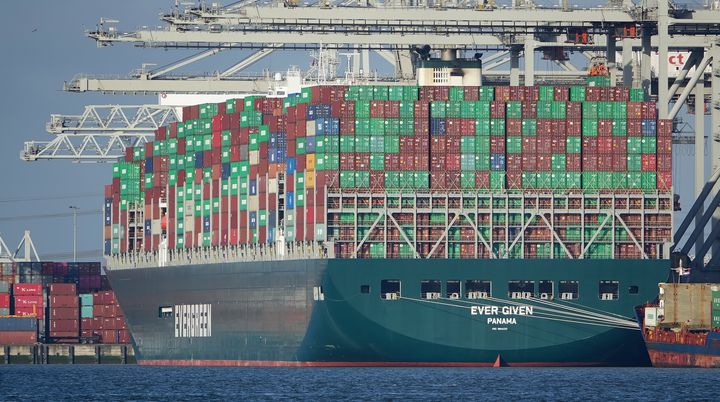
I’m reading a fascinating piece on how supply chains are evolving towards a new world of 3D printing.
The piece was written by Espen Siversten, CEO of Ivaldi Group. They are an interesting startup focusing on 3D printing parts for the maritime industry. As such, they are deeply involved in examining today’s manufacturing supply chains.
Siversten was provoked to write about the recent Suez Canal disaster, where a dust storm and wind managed to wedge a massive ship sideways and completely block the entire canal, stopping tens of billions of dollars worth of goods from traversing. This incident will be investigated for some time, and it, along with other recent events, will have an effect on global supply chains.
The problem is that for decades we’ve had several mistaken assumptions:
- That low cost is by far the most important aspect
- That product demand changes slowly
- That transportation is guaranteed
It turns out in the 21st century none of these assumptions are true.
But in the 20th century they were mostly true, and thus industry gradually optimized their complex operational systems around those principles. Just-in-time delivery was the key. Siversten explains:
“It comes down to numbers: At the core of the centralized assembly line is an effort to build a magical crystal ball, conjuring terms like process optimization, planned obsolescence, predictive maintenance and just in time inventory to try to get better at predicting supply chain needs. The better we are at predicting, the less waste, cost and time.”
But we cannot predict those things anymore. A ship can block a canal. A pandemic can divert shipments. And, even more notably, this happened, as Siversten explains:
“Imagine a digital supply chain in which local and regional on-demand manufacturers are configured to respond near instantaneously to user needs as they arise. This has already happened in the entertainment industries, where the likes of BlockBusters and TowerRecords have been supplanted by the Netflixes, Youtubes and Patreons of this world. Control of inventory shelf space is no longer the defining feature of their supply chains. Users are.”
“Shelf space” was the ultimate commodity for the physical sales world. In many major chains, product manufacturers paid retailers for the space they’d occupy on the shelf. Shoppers would then have only limited selection available, controlled by others who no doubt optimized it all for their supply chain needs.
But with today’s massive increase in online shopping, all has changed. We are no longer limited to what someone else chooses for us. There aren’t three TV channels, ten radio stations and 57 books at the bookstore. There are an infinite and ever-changing variety of products and even product types available online.
And we’re all getting highly accustomed to that mode of shopping.
Because of this the demands on manufacturers will change utterly. Gone are the days were one could predict with accuracy the products expected and the massively-optimized supply chains to supply them. For goodness sake, even basic items like toilet paper have undergone this transformation.
Siversten suggests, and I agree, that manufacturing is now beginning to recognize the potential of modern manufacturing technologies like 3D printing, where you can build items on demand far more easily. Siversten wrote:
“The big difference between now and a century ago is that robots are better, faster and cheaper and improving every day. They can also talk to each other over the internet. This is important because a production robot can be programmed to do tasks it’s never done before with impeccable accuracy. A well-maintained 3D printer or milling machine will happily spit out a range of different parts, as long as they are made of the same materials.
In other words, it’s increasingly possible to create assembly lines that make a range of things on demand.”
Given the massive size of the manufacturing industry, it seems the smart approach would be to adapt products and services in the 3D print space towards this new on-demand configuration. I’ve seen several leading 3D print companies do exactly this, and Ivaldi is certainly one of them.
Let’s end this with Siversten’s wrap up:
“Traditional supply chains are simply not robust, predictive or flexible enough to deal with ever-changing conditions on the ground. So let’s re-imagine the supply chain: Digital inventory paired with local on-demand manufacturing enables not only faster delivery times and lower costs, but also a lower environmental footprint and valuable jobs in the host communities.
I believe we are only seeing the very early stages of this, and that we are rapidly approaching a tipping point. A tipping point in which supply chains are organized less around predictive supply and more around locally responsive demand.”
Via Ivaldi Group
